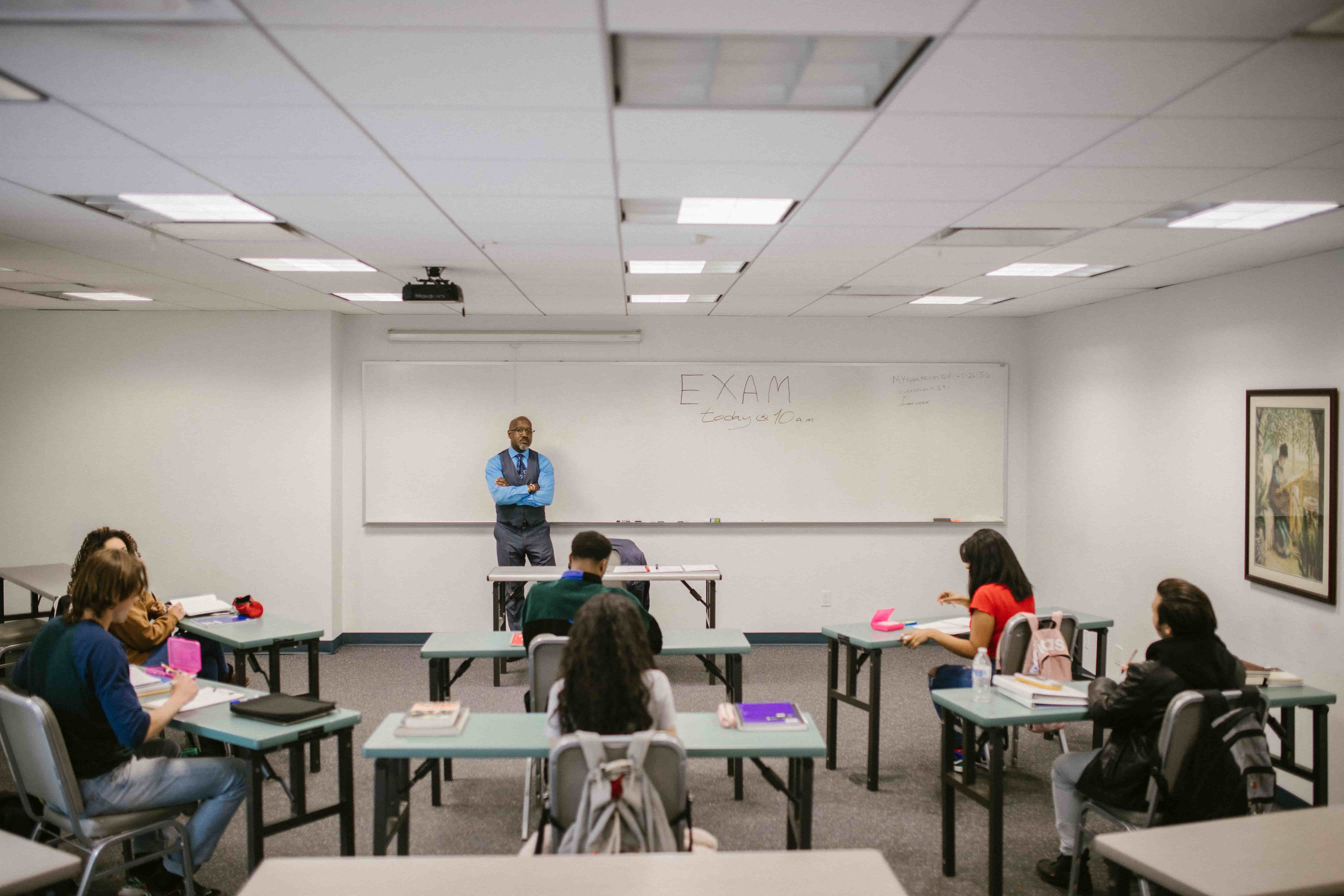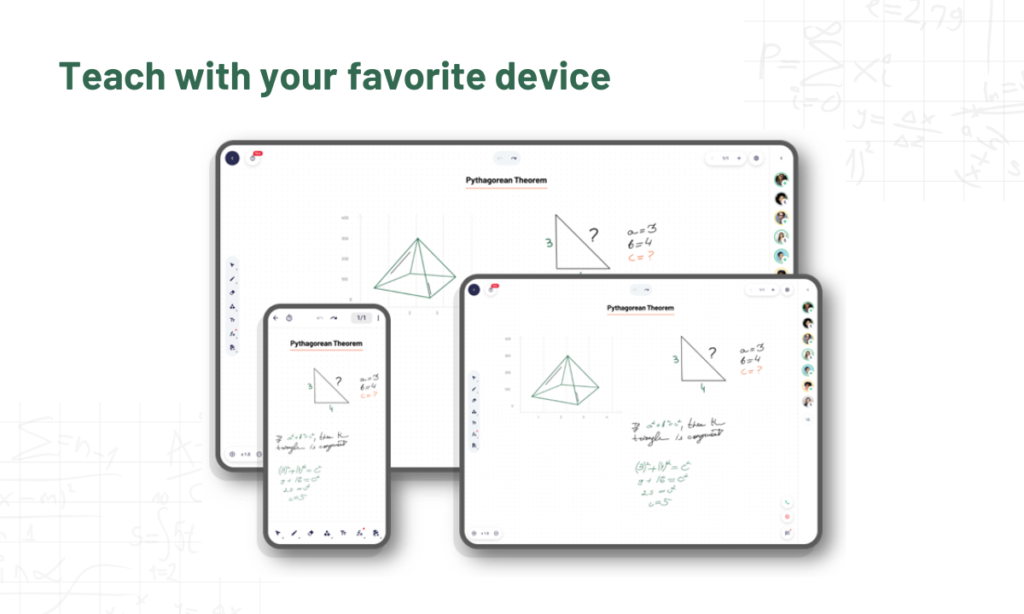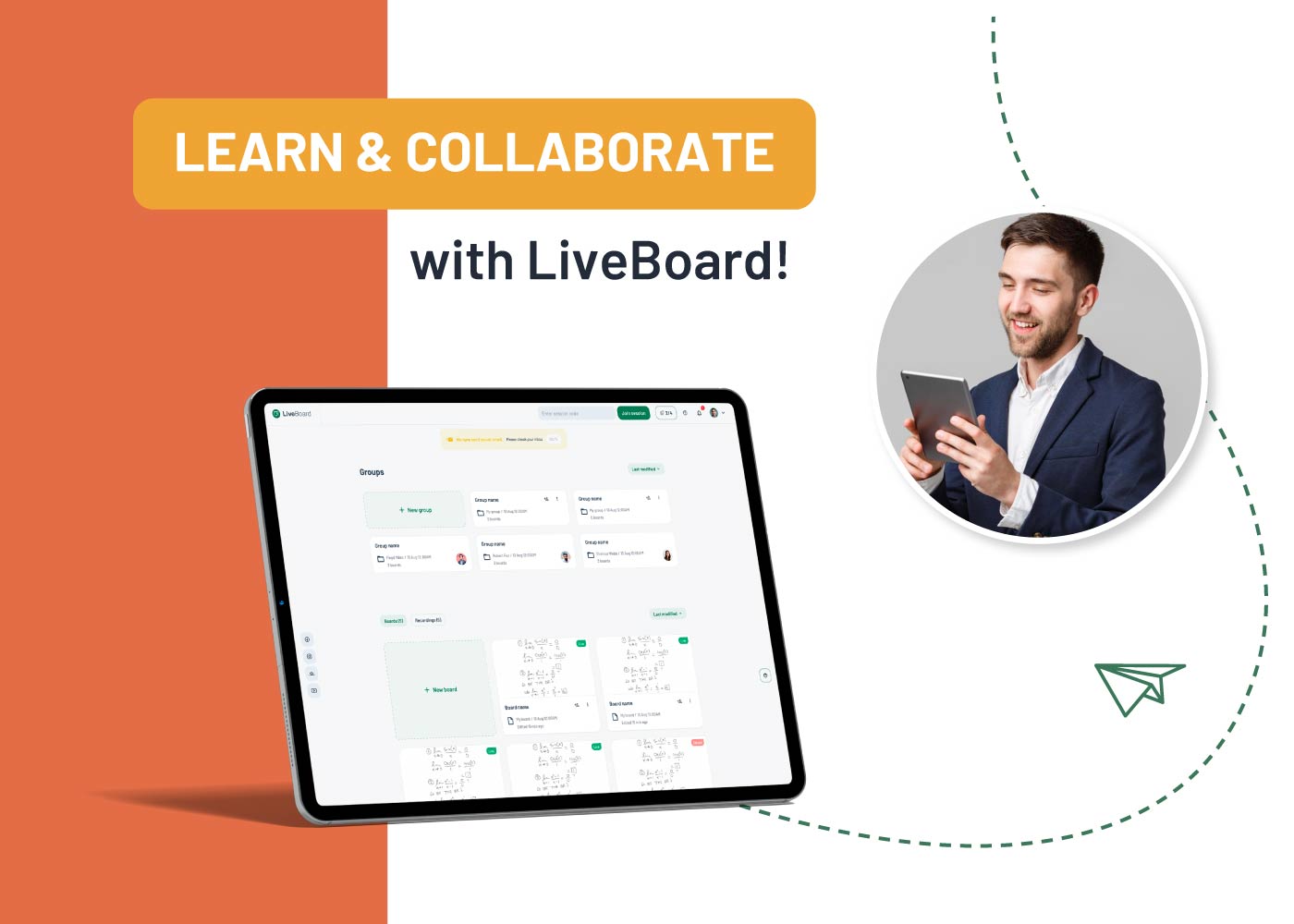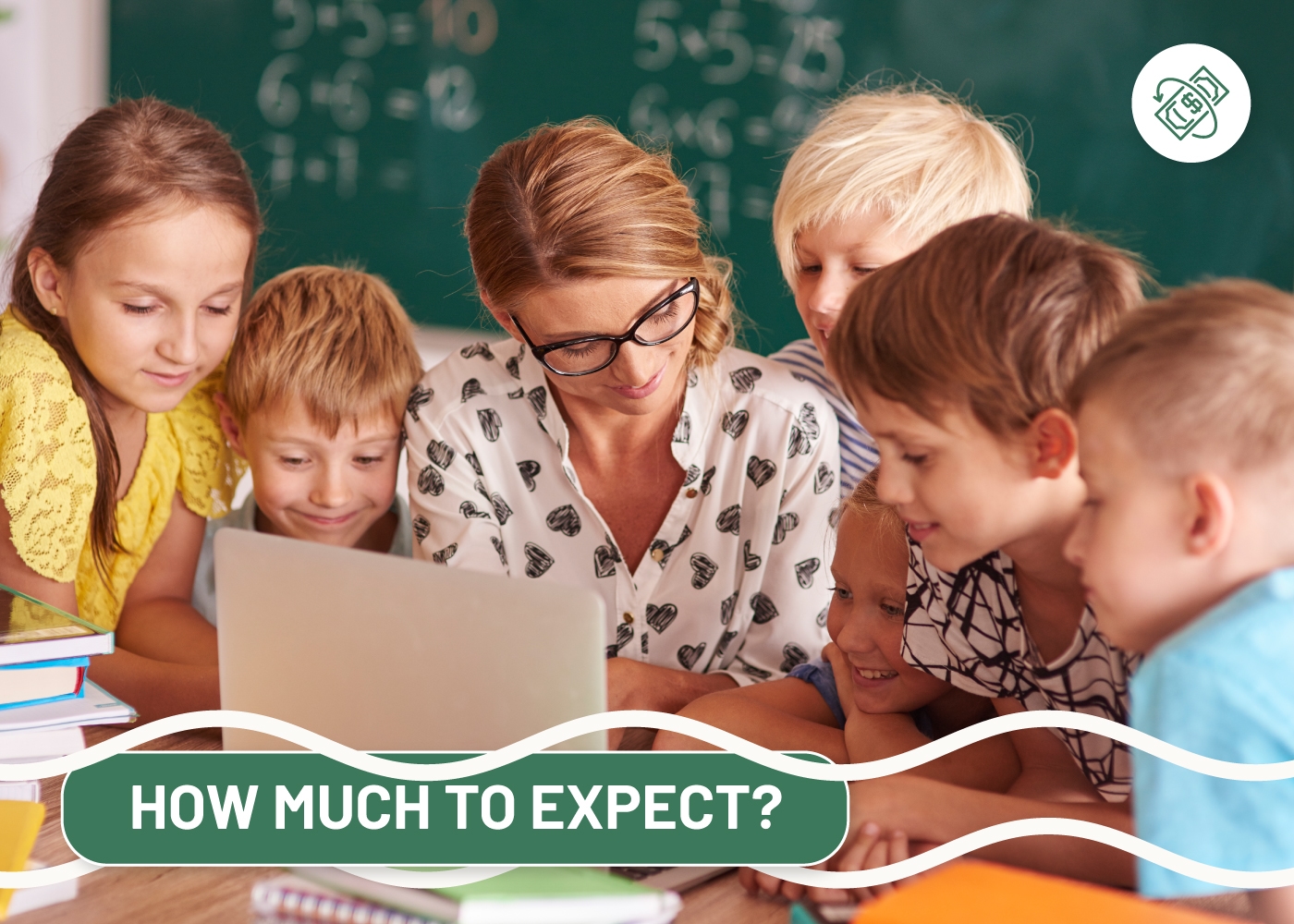Student engagement is the attention, participation, curiosity, motivation, and contribution the student demonstrates during the educational process. Throughout the entire teaching process, both in schools and higher educational institutions, educators are constantly looking for effective and helpful ways to increase student engagement in class.
Before getting into the strategies educators have developed through their research and work, let’s first explore why student engagement is important.
Why Is Student Engagement Important?
Although it is well-known that engaging with students is a primary goal for teachers, not everybody fully understands the vital educational goals student engagement serves. Let’s dive deeper into some of those goals.
Better Understanding of The Material

Students who ask questions, pay attention, and contribute to classroom discussions are more likely to understand the material better as they grab and exchange more information. Apprehending the topic better helps students in future assignments, tests, and exams.
More Productive Classroom Environment
If you’re an educator, you know that the more engaged your students are, the more productive your class will be. As an educator, you should have a clear plan of what you will be introducing to your students and what the session’s structure will be. However, the level of student participation is the hardest to anticipate.
To succeed in your job, you want your session to be more than a monotone lecture, which can sometimes get boring. You also want your students to shape the class with you by asking questions and participating. As a result, you will be pleased with your job, and your students will take away more knowledge from your session.
Better Academic Performance
Education is a continuous journey we take. We are trying to build a brighter future with every new step on this journey. According to research by the Social Behavior And Personality international journal, there is a strong positive correlation between student engagement and academic achievement.
Engaged students stay more focused and master the skills to orient themselves faster and more effectively in different fields of education. As a result, they usually score higher grades, serve as exemplary learners, and succeed academically.
Character Development
In addition to the educational and academic advantages that student engagement brings, it also promotes personal growth by developing characteristics such as persistence, determination, and responsibility. To maintain a high engagement level, students must approach their learning material and educators responsibly. They must demonstrate determination by participating in-class activities, completing homework assignments, and meeting deadlines.
Ultimately, students learn to be persistent when discussing with their peers. They start mastering the art of listening and respecting the opinions and perspectives of others and behave more maturely as a result.
How To Increase Student Engagement?
Now that you’re aware of all the benefits of student engagement, here are some tips on how you can increase student engagement in your classroom by making your sessions more interactive and successful.
Ask Questions
Regardless of your topic’s interest level, your students may stop paying attention or get tired beyond a certain point. To avoid this, ask your students to contribute to the class with their insights. Knowing that they will be given a question, students pay more attention to providing a relevant answer. Use this method to keep your students focused and engaged.
Organize Group Activities
Teamwork is always a good way for students to open up and share their ideas with their peers. Frequently, students who feel insecure or hesitate to express themselves in front of the entire class tend to speak up and share their ideas with smaller groups. Hence, holding group activities is beneficial to engage students through collaborative teamwork.
Assign Short Quizzes
Although quizzes and tests often stress students out, they also have a positive side. Quizzes help keep students on track and focused. They motivate students to learn the material consistently and be prepared for the class. Well-prepared students are willing to demonstrate their understanding of the material. Therefore, they participate more actively.
Have Ice-Breakers Ready
Students like warming up, especially when a heavy class topic is ahead. To grab your students’ attention, you can start your session with an ice-breaker of your choice, based on your students’ interests and class topics.
Use Innovative Technologies

One technique that has significantly simplified the student engagement process is using innovative technologies. Especially after the pandemic, students are used to digital interaction and expect it to form a growing part of their learning process as they have already gotten used to having those. To implement online activities effectively, consider using LiveBoard.
LiveBoard is an online teaching platform that helps create and share educational materials worldwide. When teaching remotely, you can use this online whiteboard to present your learning content through multiple advanced tools, including a STEM-specific toolset. You can record and share your lessons in different formats with your students to ensure every student has access to the material.
Another crucial aspect of LiveBoard’s implementation in online education is its attention-tracking feature. Explicitly aimed at enhancing student engagement, LiveBoard’s attention tracker consistently updates activity data for each student, showing the teacher whether the student is following the session or has been scrolling other tabs on the web.
Many offline classrooms have long lines of students attending and can often be crowded. Because of this, students sitting behind often have difficulty seeing the physical board. LiveBoard can be a creative solution during in-person classes, too. You can use it to make your learning material equally and easily accessible for all your students.

LiveBoard is simple to use. With over 1.6 million downloads, this tool is trusted by prestigious educational institutions and eLearning entrepreneurs.
Sign up here and start using LiveBoard for free. Once you familiarize yourself with the tool and choose to expand it to larger classrooms with more students, you can shift to one of the Standard or Pro plans, with numerous additional features.
Final Thoughts
Student engagement is the motivation, contribution, curiosity, and attention students display when being taught something. Several of the dozens of benefits deriving from student engagement stand out for their importance. They include a better understanding of the material, a more productive classroom environment, better academic performance, and character development.
Some of the most effective student engagement strategies include asking questions, organizing group activities, assigning quizzes, preparing ice-breakers, and using innovative technologies. To succeed as a classroom innovator, you can use LiveBoard to simplify and digitize your online and in-person classroom experiences.


